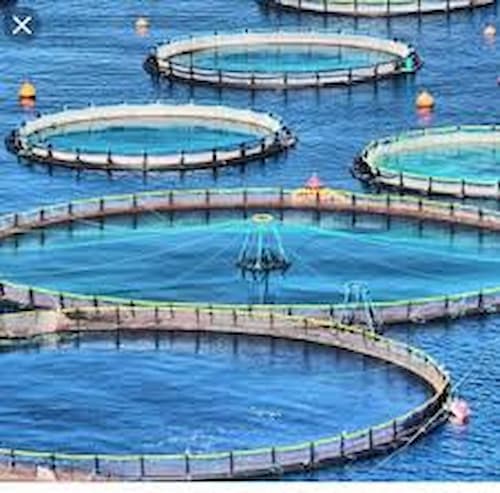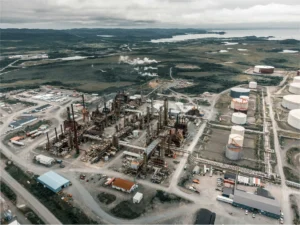Aquaculture with Biofloc technology
 Pic Cr: Google
Pic Cr: Google
What is aquaculture?
Also known as aquafarming, it involves the farming of aquatic organisms like fish, mollusks, crustaceans, and algae under controlled conditions as against commercial fishing, which is more harvest of wild fish.
One of the most widely consumed foods and a staple food in many parts of the world, aquaculture is gaining popularity recently. The global fish production has risen to 177.8 million metric tons in 2019 from 148.1 million metric tons in 2010.
In the age of the fish farming revolution or blue revolution, the world seafood market itself has changed profoundly. It is expected to grow to 155.32 billion dollars by 2023, as per Statista. Asia continues to be the dominant player in the aquaculture sector.
Aquaculture and its challenges:
True that the production of food fish through aquaculture has expanded globally as per FAO (Food and Agriculture Organization), and also true is that it has provided substantial employment opportunities. However, like any industry, it faces its set of challenges. Aquaculture is under scrutiny for degradation and pollution of the environment. It is construed as an unsustainable activity due to the effluents released into the environment.
Other challenges include the shortage of ingredients, price volatility, diverse yields due to climate change, and check of the spread of parasites and disease.
Biofloc Technology or BFT, the Ideal Solution:
Global water scarcity, an increase in demand for protein food, and conflicts with land usage to expand aquaculture gave birth to the Biofloc technology. The Biofloc Technology initiated in the early 1970s uses aggregates of bacteria, protozoa, or algae held with particulate organic matter, improving the quality of water and waste treatment and also disease prevention.
Biofloc technology is becoming increasingly popular due to its low-cost and good yields. As little as sunlight, aeration, and a carbohydrate source is sufficient to get started using the BFT for aquaculture. Be it productivity, quality, sustainability, or environmental safety; the BFT is efficient in all aspects.
BFT in Aquaculture:
An environmentally safe method, the BFT uses HDPE (high-density polyethylene) geomembrane liners, enhances water quality by balancing carbon and nitrogen, and has the additional value of producing protein-rich food within the set-up.
A high stocking density, high aeration and HDPE lined ponds constitute the Biofloc technology. The HDPE geomembranes are UV stabilized, chemically inert, and help maintain the temperature of a Biofloc tank, lasting for years on end. Flexible and transported in rolls, these geomembranes are easy to install and use.
Steps in setting up a Biofloc include:
- Pond set-up
- Aeration
- Pre-seeding beneficial microbes
- Species selection and stocking densities
- Balancing the carbon source input
- Biofloc growth
- Monitoring and control of the Biofloc
- Monitoring and controlling water parameters
- Harvest, and finally
- Clean-up.
Some of the main advantages of the Biofloc system are water conservation, reduced use of fertilizers, year-round production, faster growth, better yields, lower disease susceptibility, efficient use of protein in feed, lower feed requirements, and a small footprint with more excellent biosecurity. All in all, it is the most sustainable technology in aquaculture.
The Ocean Global’s range of high quality geosynthetic products and materials makes sustainable aquaculture possible and plausible. We plan, design, and engineer products that meet the challenges of your projects in an ever-changing environment. You can rely on us for a complete line of cost-effective HDPE geomembranes for your Biofloc projects.



